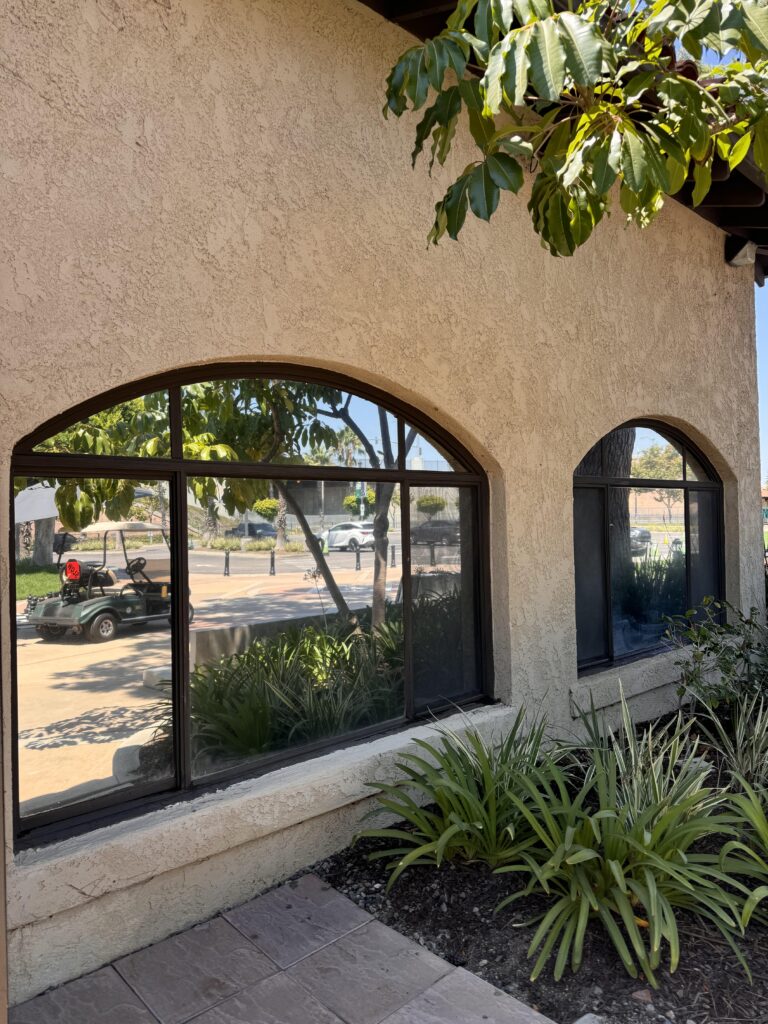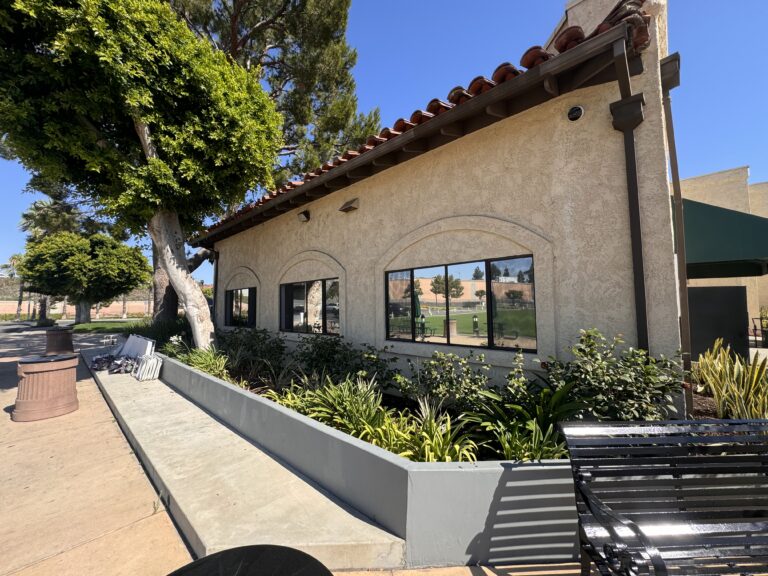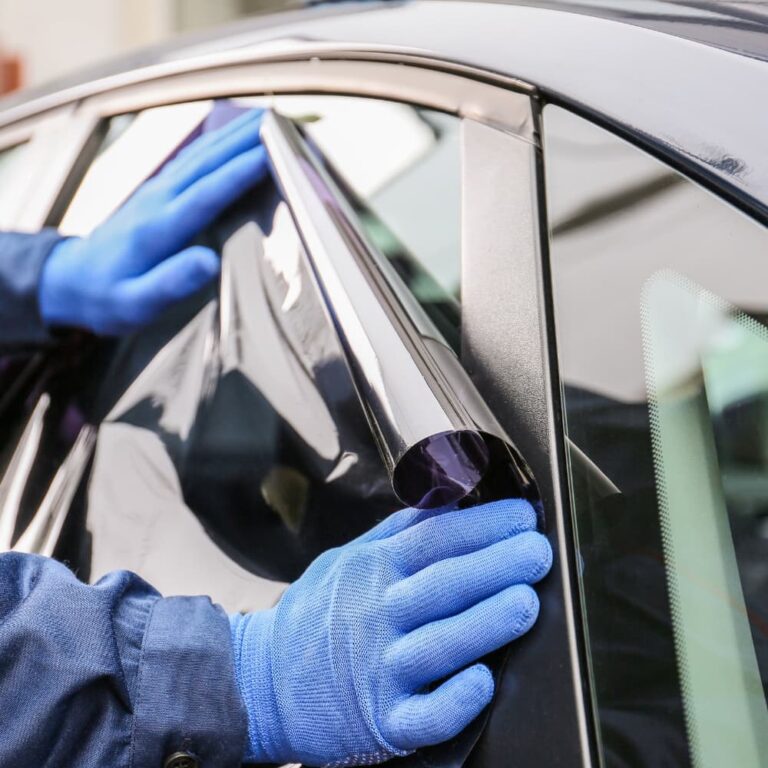High indoor temperatures, glare, and UV damage can make living spaces uncomfortable while increasing energy bills. Many homeowners wonder whether window tinting is truly worth the investment. Home window films can reduce heat, protect interiors, improve comfort, and enhance privacy. This guide explains how tinting works, its benefits, potential drawbacks, and what to consider before making a decision. With clear comparisons and practical advice, you’ll understand whether tinting your home windows can deliver meaningful energy savings and long-term protection for your family and property.
What Does Home Window Tinting Do, and How Does It Work?
Home window tinting involves applying a thin, transparent film to glass surfaces to modify light transmission. These films can be made from dyed, reflective, or ceramic materials, each offering different levels of heat reduction, glare control, and UV protection. The film blocks or reflects portions of sunlight before it enters the home, reducing the amount of thermal energy and harmful UV rays. Reflective films use metallic layers to bounce sunlight away, dyed films absorb light and heat, while ceramic films provide high performance without reducing clarity. By decreasing solar heat gain, window tinting keeps interiors cooler, lowers air-conditioning demand, and protects furniture, flooring, and decor from fading caused by prolonged sun exposure.
What Are the Benefits of Tinting Your Home Windows?
How Does Window Tinting Keep Heat Out and Improve Energy Efficiency?
Window tinting significantly lowers indoor temperatures by reducing solar heat gain through windows. Studies show properly installed films can reduce cooling costs by up to 30% in hot climates, while homes in sunny areas can experience an average temperature reduction of 5–10°F. Lower indoor heat means air conditioners run less frequently, resulting in reduced electricity bills and extended HVAC system lifespan. Residential films also help stabilize temperatures in different rooms, creating a more comfortable living environment throughout the day. These energy savings, combined with added comfort, make tinting a practical solution for homeowners looking to reduce utility costs while improving indoor climate control.
How Does Tint Protect Against Harmful UV Rays?
Ultraviolet (UV) rays from sunlight can cause fading and damage to furniture, carpets, hardwood floors, and artwork. High-quality residential films block up to 99% of UV radiation, preserving the color, texture, and lifespan of household interiors. Additionally, reducing UV exposure lowers the risk of skin damage and long-term health issues for family members. By installing window tint, homeowners can protect both their property and health while maintaining natural daylight inside. This is especially important for rooms that receive direct sunlight for several hours daily, as consistent UV exposure without protection accelerates fading and deterioration of interior surfaces.
Can Tinting Reduce Glare and Improve Comfort?
Excessive glare from sunlight can interfere with daily activities such as watching TV, working on computers, or reading, causing eye strain and discomfort. Window films reduce glare while maintaining natural light, improving comfort and visibility indoors. For home offices or entertainment areas, tinted windows make screens easier to see without having to draw heavy curtains. Reduced glare also improves overall living quality by creating balanced, evenly lit rooms that are pleasant throughout the day. Unlike heavy drapes or blinds, window films allow light to enter while preventing excessive brightness and discomfort, maintaining a welcoming and functional indoor environment.
Does Window Tinting Increase Privacy and Security?
Window films enhance privacy by limiting visibility from outside without significantly darkening the interior. Reflective and darker films make it harder for passersby to see inside, providing peace of mind for homeowners. Some residential films are also shatter-resistant, holding glass fragments together in case of breakage, which increases safety during accidents or attempted break-ins. This dual benefit of privacy and security makes window tinting particularly valuable for ground-level windows or rooms facing busy streets. Homeowners can enjoy both comfort and safety, knowing that window films help protect property while preserving natural light and outdoor views.
What Are the Potential Drawbacks or Limitations of Home Window Tinting?
While window tinting offers multiple advantages, there are some factors to consider. The initial installation cost can be significant depending on the type of film and the number of windows, though long-term energy savings often offset this. Certain films may alter the appearance of windows slightly, creating a reflective or colored effect that may not match every home’s aesthetic. Maintenance is generally straightforward but requires gentle cleaning to avoid scratching or peeling. Finally, excessive tinting may reduce natural daylight in rooms, which can affect ambiance or indoor plant growth. Balancing performance, aesthetics, and cost is essential when deciding whether home window tinting is the right choice.
Which Types of Residential Window Films Are Best for Different Needs?
Choosing the right window film depends on your goals, budget, and environmental conditions. Dyed, metalized, and ceramic/nano-ceramic films offer varying levels of heat rejection, glare reduction, UV protection, and cost. Dyed films are affordable and suitable for basic glare and heat control, while metalized films provide stronger heat rejection and durability. Ceramic films are the premium choice, blocking high levels of UV and infrared radiation without affecting electronics, and maintaining clear visibility. Understanding each type helps homeowners select the best solution for comfort, energy efficiency, and long-term protection.
Dyed Films: Affordable and Basic Heat/Glare Control
Dyed films contain a layer of carbon or dye that absorbs sunlight to reduce glare and heat. They typically block 40–50% of solar heat and up to 80% of UV rays, offering a cost-effective solution for mild climates. Dyed films are ideal for homeowners looking for privacy and basic energy savings, with minimal impact on window clarity. Over time, however, these films may fade or discolor, especially in areas with intense sun exposure, so maintenance and replacement may be required sooner than higher-performance films.
Metalized Films: Stronger Heat Rejection and Durability
Metalized films incorporate tiny metallic particles that reflect sunlight and infrared rays, providing superior heat rejection compared to dyed films. They can reject 60–70% of solar heat and nearly 99% of UV radiation, making them durable and effective. The main drawback is potential interference with electronic signals, such as GPS or Wi-Fi, inside the home. Metalized films are suitable for homeowners seeking strong thermal control and longevity while balancing cost and performance.
Ceramic or Nano-Ceramic Films: Premium Heat and UV Protection
Ceramic films use non-metallic ceramic particles to block up to 80–85% of solar heat and virtually 99% of UV rays while maintaining high visibility. They do not interfere with electronics, are highly durable, and provide excellent glare reduction. These films are ideal for hot, sunny climates or homes with large glass surfaces where maximum heat control and energy savings are desired. Despite higher costs, ceramic films deliver the best long-term performance and protection.
| Film Type | Cost Range | Heat Rejection | UV Rejection | Best Use Case |
| Dyed Film | $5–$8/sq.ft | 40–50% | 80% | Budget-conscious, mild climates |
| Metalized Film | $7–$12/sq.ft | 60–70% | 99% | Strong heat rejection, long-lasting |
| Ceramic/Nano Film | $10–$15/sq.ft | 80–85% | 99% | Premium performance, sunny/high exposure |
Is Tinting Your Home Windows Worth It for Your Specific Situation?
Whether tinting is worth it depends on factors such as climate, energy costs, home orientation, and privacy needs. For homes in hot, sunny areas, high-performance films can significantly lower energy bills and improve comfort. Shaded homes or cooler climates may benefit primarily from glare reduction and UV protection. Considering room usage, window size, and direction also helps in selecting coverage and film type. Consulting professionals like OC Tint Solutions ensures that you pick a film and installation plan that aligns with your specific needs, maximizing benefits and return on investment.
| Scenario | Recommended Film Type | Primary Benefit | Cost vs Benefit |
| Hot, sunny climate | Ceramic/Nano | Max heat rejection, energy savings | High upfront, high long-term value |
| Moderate climate, budget-conscious | Dyed | Glare and UV protection | Low upfront, moderate benefits |
| High UV exposure, large glass | Metalized | Heat and UV control, durability | Medium upfront, high durability |
How to Choose a Reliable Installer for Home Window Tinting
Selecting a qualified installer is crucial for achieving the promised performance. Look for certifications from major brands, labor warranties, and experience with residential installations. Installation quality affects heat rejection, clarity, and durability. Ask your installer about surface preparation, cleaning procedures, and curing times to ensure proper application. Verify that the installer adheres to local building codes and regulations for reflective or tinted films. Discuss maintenance requirements, warranty coverage, and post-installation inspection to ensure your investment performs as expected for years.
Conclusion: Should You Get Your Home Windows Tinted?
Tinting home windows can improve comfort, protect interiors, enhance privacy, and reduce energy bills, making it a worthwhile investment in many cases. Homes in sunny regions with high UV exposure benefit most from premium films like ceramic or metalized options. Lower-cost films still offer glare reduction and moderate energy savings for budget-conscious homeowners. Choosing the right film type, proper coverage, and a certified installer ensures long-term value and performance. To determine the best solution for your property, consult OC Tint Solutions for a professional assessment and installation plan tailored to your home’s needs.




